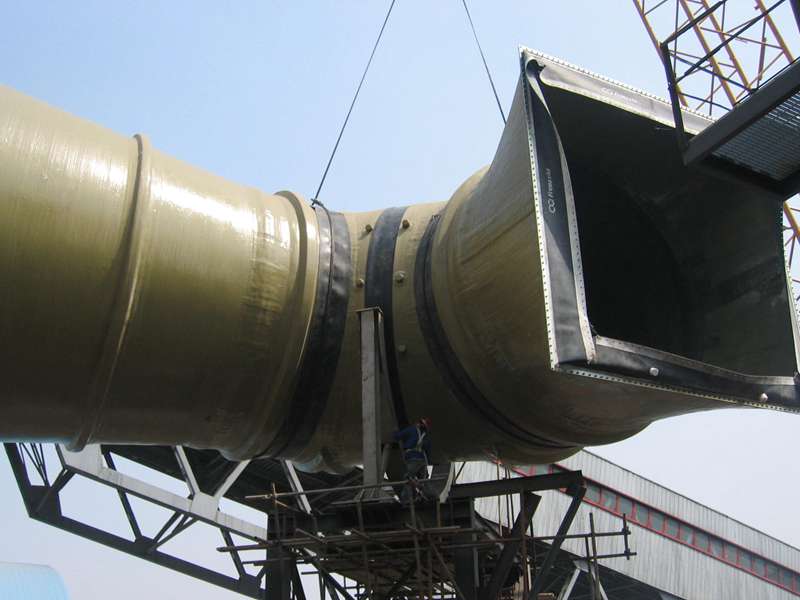
-
 Afrikaans
Afrikaans -
 Albanian
Albanian -
 Amharic
Amharic -
 Arabic
Arabic -
 Armenian
Armenian -
 Azerbaijani
Azerbaijani -
 Basque
Basque -
 Belarusian
Belarusian -
 Bengali
Bengali -
 Bosnian
Bosnian -
 Bulgarian
Bulgarian -
 Catalan
Catalan -
 Cebuano
Cebuano -
 China
China -
 China (Taiwan)
China (Taiwan) -
 Corsican
Corsican -
 Croatian
Croatian -
 Czech
Czech -
 Danish
Danish -
 Dutch
Dutch -
 English
English -
 Esperanto
Esperanto -
 Estonian
Estonian -
 Finnish
Finnish -
 French
French -
 Frisian
Frisian -
 Galician
Galician -
 Georgian
Georgian -
 German
German -
 Greek
Greek -
 Gujarati
Gujarati -
 Haitian Creole
Haitian Creole -
 hausa
hausa -
 hawaiian
hawaiian -
 Hebrew
Hebrew -
 Hindi
Hindi -
 Miao
Miao -
 Hungarian
Hungarian -
 Icelandic
Icelandic -
 igbo
igbo -
 Indonesian
Indonesian -
 irish
irish -
 Italian
Italian -
 Japanese
Japanese -
 Javanese
Javanese -
 Kannada
Kannada -
 kazakh
kazakh -
 Khmer
Khmer -
 Rwandese
Rwandese -
 Korean
Korean -
 Kurdish
Kurdish -
 Kyrgyz
Kyrgyz -
 Lao
Lao -
 Latin
Latin -
 Latvian
Latvian -
 Lithuanian
Lithuanian -
 Luxembourgish
Luxembourgish -
 Macedonian
Macedonian -
 Malgashi
Malgashi -
 Malay
Malay -
 Malayalam
Malayalam -
 Maltese
Maltese -
 Maori
Maori -
 Marathi
Marathi -
 Mongolian
Mongolian -
 Myanmar
Myanmar -
 Nepali
Nepali -
 Norwegian
Norwegian -
 Norwegian
Norwegian -
 Occitan
Occitan -
 Pashto
Pashto -
 Persian
Persian -
 Polish
Polish -
 Portuguese
Portuguese -
 Punjabi
Punjabi -
 Romanian
Romanian -
 Russian
Russian -
 Samoan
Samoan -
 Scottish Gaelic
Scottish Gaelic -
 Serbian
Serbian -
 Sesotho
Sesotho -
 Shona
Shona -
 Sindhi
Sindhi -
 Sinhala
Sinhala -
 Slovak
Slovak -
 Slovenian
Slovenian -
 Somali
Somali -
 Spanish
Spanish -
 Sundanese
Sundanese -
 Swahili
Swahili -
 Swedish
Swedish -
 Tagalog
Tagalog -
 Tajik
Tajik -
 Tamil
Tamil -
 Tatar
Tatar -
 Telugu
Telugu -
 Thai
Thai -
 Turkish
Turkish -
 Turkmen
Turkmen -
 Ukrainian
Ukrainian -
 Urdu
Urdu -
 Uighur
Uighur -
 Uzbek
Uzbek -
 Vietnamese
Vietnamese -
 Welsh
Welsh -
 Bantu
Bantu -
 Yiddish
Yiddish -
 Yoruba
Yoruba -
 Zulu
Zulu
frp stair tread
Understanding FRP Stair Treads A Comprehensive Guide
When it comes to ensuring safety and durability in commercial and industrial settings, few materials perform as well as Fiber Reinforced Polymer (FRP). Particularly in stair construction, FRP stair treads have emerged as a preferred choice, offering numerous benefits that enhance both functionality and aesthetics.
What Are FRP Stair Treads?
FRP stair treads are composite materials made of a polymer resin reinforced with fiberglass. This combination yields a lightweight, yet incredibly strong product that is resistant to corrosion, chemicals, and weathering. FRP stair treads can be manufactured in various sizes, colors, and shapes, making them versatile enough for different applications—from outdoor staircases in harsh environments to indoor facilities requiring slip-resistant surfaces.
Key Advantages of FRP Stair Treads
1. Durability and Longevity One of the standout features of FRP stair treads is their exceptional durability. Unlike traditional materials like wood or metal that can rot, rust, or deteriorate over time, FRP is inherently resistant to these issues. This durability translates into lower maintenance costs, making FRP an economically sound choice over the long term.
2. Slip Resistance Safety is paramount in any setting, and FRP stair treads are designed with that in mind. Many FRP products come with textured surfaces that provide excellent grip, greatly reducing the risk of slips and falls, particularly in wet or oily environments.
3. Lightweight The lightweight nature of FRP makes it easier to handle and install compared to heavier materials, such as concrete or metal. This characteristic not only speeds up the installation process but also reduces transportation costs.
frp stair tread

4. Chemical Resistance In industrial settings, stairs often encounter corrosive substances. FRP stair treads are highly resistant to a wide range of chemicals, making them ideal for applications in chemical processing plants, laboratories, and other environments where spills are a concern.
5. Customizability FRP stair treads can be manufactured to meet specific requirements, including unique dimensions, load capacities, and colors. This level of customization can enhance the aesthetic appeal of a facility while ensuring functionality aligns with operational needs.
6. Environmental Benefits As sustainability becomes increasingly important, many manufacturers are focusing on eco-friendly production processes. FRP can be produced with recycled materials, and its longevity reduces the frequency of replacements, contributing to lower overall environmental impact.
Applications of FRP Stair Treads
FRP stair treads are versatile and can be used in various settings, including
- Industrial Facilities In factories and manufacturing plants where safety and durability are critical. - Commercial Buildings In malls, office buildings, and public spaces where aesthetics and slip resistance are essential. - Marine Environments Ideal for boats, docks, and marinas, FRP’s resistance to saltwater corrosion makes it a preferred choice for structures exposed to harsh marine conditions. - Residential Settings Increasingly, homeowners are discovering the benefits of FRP stair treads for external stairs and basement areas.
Conclusion
In conclusion, FRP stair treads represent a significant advancement in stair construction and safety. Their durability, slip resistance, lightweight nature, and customizability make them an excellent choice for a wide array of applications. As industries continue to prioritize safety and long-term cost-effective solutions, the adoption of FRP stair treads is likely to grow, providing a modern answer to traditional stair issues. By investing in FRP stair treads, businesses not only enhance the safety of their environments but also contribute to sustainability and operational efficiency.









